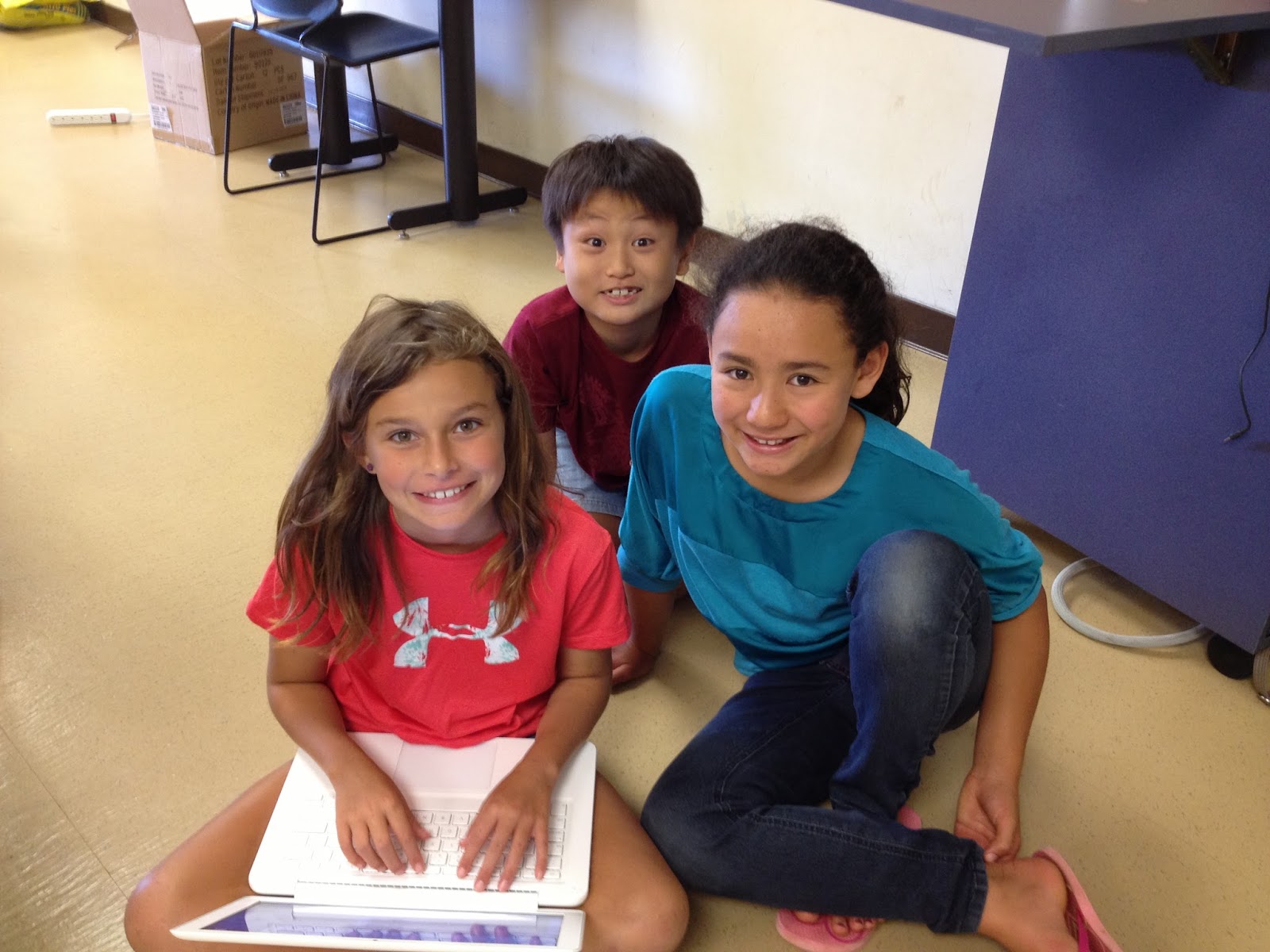On Tuesday, June 18th, Ms. Breanna came to visit our nature studies class to teach us about composting and worms. We made our own composting bin and we are going to tell you the facts we learned.
Why do people compost?
People make compost bins in order to give their plants healthy and nutritious soil, and to reduce garbage disposal. Some people compost in order to have nutritious fertilizer for their plants, for free!
They also compost because it is good for plants and you don't waste food by putting it in the garbage.
Why are worms an important part of the bin?
Worms are important for composting because they are the main decomposers of the leaves and food scraps you throw in. Compost is basically worm poop.you can use that compost for nutritious soil to help your plants grow better.
What are the materials you need to make a compost bin?
You need worms, damp newspaper, vegetable and fruit scraps, water, a bin, air, and dirt.
How to Make Your Own Worm Bin:
1) First, for air you need to put holes in the top.
2) Shred newspaper from top to bottom, in thin strips.
3) Dampen the shredded newspaper with a water bottle spray because worms like damp areas. Newspaper is for the bedding for the worms and to get rid of the smell.
4) Put holes on the bottom of the bin to drain the water.
5) Put in the damp shredded newspaper in the bottom, add a layer of dirt (with the worms).
6) Put your old and leftover food on ONE side of the bin. The next time the worms need food, you will put it on the opposite side. This is so they have a place to escape if it gets too hot. f
7) Fluff some newspaper on top of the food and dampen it with water.
8) Put a tray under the bin to collect worm water.
9) Now you are done, and make sure to put it in a dark quiet place.
SOME HINTS:
1) If the bin smells put more newspaper that means your adding more carbon
2) If you see the worms trying to escape that means it is too hot or there is not enough food
3) If you see ants or other bugs coming put more carbon
4) Don't feed them papaya seeds or fruits with citrus, because it has a lot of acid



















































